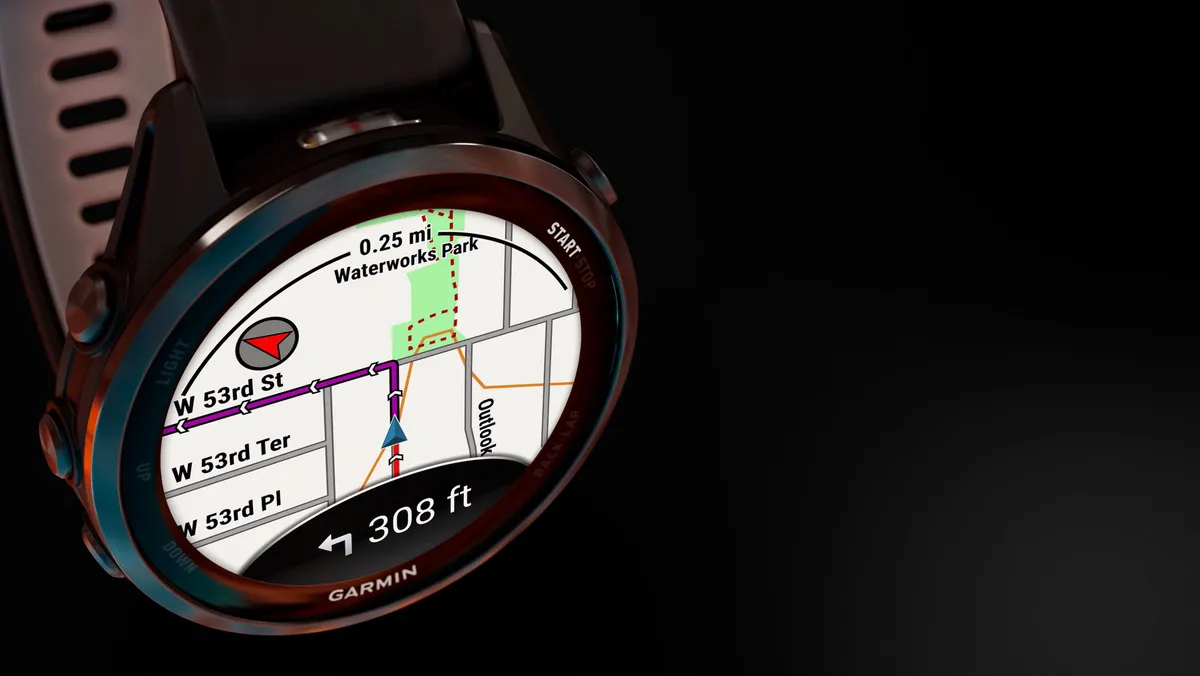
The Garmin Forerunner 570 and 970 have entered the market with a notable price increase compared to their predecessors. While some of the 2025 Garmin watches have opted to minimize new features to maintain lower prices, the Forerunner line stands out for not holding back on advancements. This strategy highlights Garmin's decision to focus more on competing against its own legacy rather than other brands, creating a unique niche in the wearable tech market.
The leap from the $599 Forerunner 965 to the $749 Forerunner 970 is substantial, but the upgrade is justified with a host of new features. The Forerunner 970 boasts the latest Elevate v5 heart rate sensor, providing enhanced heart rate accuracy, ECG capabilities, and skin temperature monitoring. Additional features include a built-in flashlight, microphone and speaker for calls and commands, and robust sapphire crystal protection. New metrics such as running tolerance also add to its appeal.
When comparing the $549 Forerunner 270 to the $449 Forerunner 265, users can expect similar enhancements, such as the fifth-generation heart rate accuracy, increased screen brightness on a larger display, and the same microphone and speaker functionalities. However, the Instinct 3 and Vivoactive 6 have stuck to previous-generation heart rate sensors, which raises concerns about Garmin's strategy for mid-tier models like the Forerunner 570.
As the prices of Garmin watches rise, the lack of certain features in mid-tier models becomes increasingly difficult to justify. The $499 Instinct 3, for instance, lacks offline maps, a feature available in more affordable competitor models like the $349 COROS PACE Pro and Suunto Race S. At the same time, the Forerunner 570, priced at $549, has the capacity for map storage, yet Garmin has chosen not to enable this feature. This suggests that the absence of maps may be a deliberate strategy to encourage consumers to opt for the more expensive Forerunner 970.
The Forerunner 570 includes improved heart rate accuracy and skin temperature monitoring, yet it lacks ECG functionality found in other Garmin models, including the $449 Venu 3. In comparison to competitors, ECGs have become standard in various fitness watches, including offerings from brands like COROS and Polar. Garmin’s apparent focus on ensuring that the Forerunner 970 stands out above the Forerunner 570 may explain the omission of these features.
Garmin often employs a strategy where essential features are locked behind higher-priced models. For example, the Forerunner 165 calculates training load but does not display it, nudging users towards the Forerunner 265 for more comprehensive insights. While I accepted this feature limitation for a lower-priced model, the increasing costs of Garmin watches make these strategies harder to digest, especially when compared to more competitively priced options like Apple or Samsung watches.
Garmin’s pricing structures reflect its commitment to maintaining a premium brand image. The brand has consistently added new features, such as AMOLED displays and improved sensors, which often come with a significant price increase. For instance, the switch from MIP to AMOLED displays for the Forerunner and Instinct series adds $50 to $100, while the Fenix 8 series saw a $200 increase for combined enhancements. Additionally, features like dual-band GPS are not available on watches priced under $300, further emphasizing Garmin's selective feature allocation.
Garmin’s 2025 strategy is clear: once a watch reaches a certain price point, consumers should not expect new hardware or features already present in higher-tier models. The company is unafraid to charge premium prices for new capabilities, knowing that its dedicated user base is likely to pay for the value they provide. While some may argue that the Forerunner 970 and 570 are overpriced, past Garmin models remain available at discounted rates, allowing consumers to find a suitable option within their budget.